Surging ahead
The exponential growth of the service, from a few dozen trips at first to over 17,000 a year, highlights the increasing market demand for this cost-effective and reliable mode of transportation when compared with air and sea routes.
This growth has been particularly pronounced since 2016.
From 2016 to last year, the annual number of China-Europe freight train services surged from 1,702 to over 17,000, a tenfold increase with an average annual growth rate of 39.5 percent.
The initial surge to reach 10,000 journeys spanned 90 months, whereas the leap from 80,000 to 90,000 took a mere seven months.
Since May 2020, the monthly number of China-Europe freight train services has consistently exceeded 1,000.
The annual value of goods transported by the service soared from $8 billion in 2016 to $56.7 billion last year, underscoring its growing significance in international trade.
Furthermore, the service's evolution to include a diverse range of goods underscores its adaptability and relevance in meeting market demands.
The types of goods transported by the China-Europe freight train have expanded from IT products like laptops and printers in the early stages to over 50,000 varieties of goods across 53 categories today, including clothing, shoes, hats, automobiles and parts, daily necessities, food, timber, furniture, chemicals, and machinery equipment.
Since last year, there has been an increase in the transportation of new energy vehicles, lithium-ion battery products, and photovoltaic products manufactured in China.
On May 25, new energy vehicles were lined up at a freight railway station in Xi'an, ready to be loaded onto a customized train bound for Europe.
According to Cao Ping, who is responsible for vehicle transportation at the Xi'an Branch of the China Railway Special Cargo Logistics Co, the train, specially designed for vehicle transport, can accommodate 261 new energy vehicles per trip.
She highlighted the rise in vehicle transportation since last year. "Last year, we sent about one to two train services on average every month, and this year, the number has increased to five to eight," she said.
Cao added that most of the new energy vehicles shipped via the China-Europe freight train are from BYD and Geely, both of which have production bases in Xi'an.








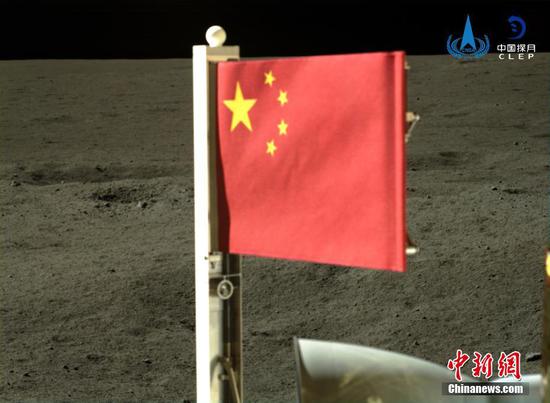



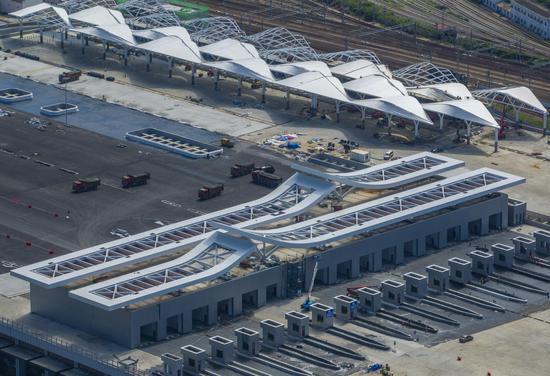


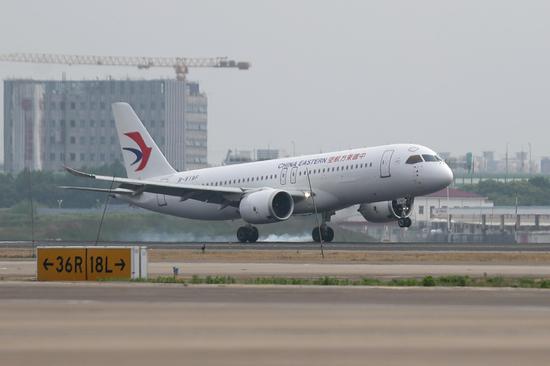


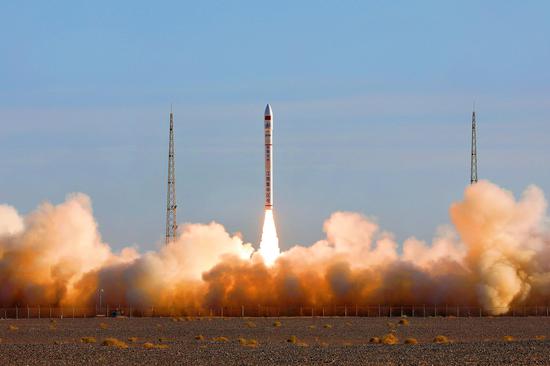





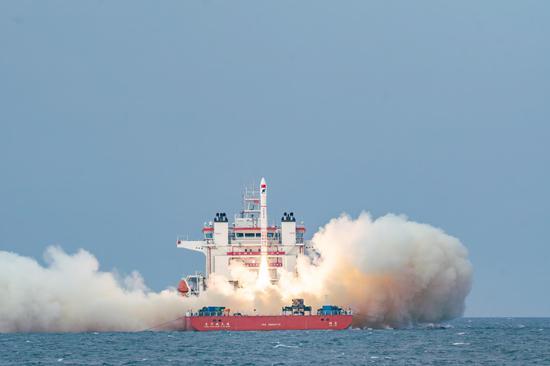
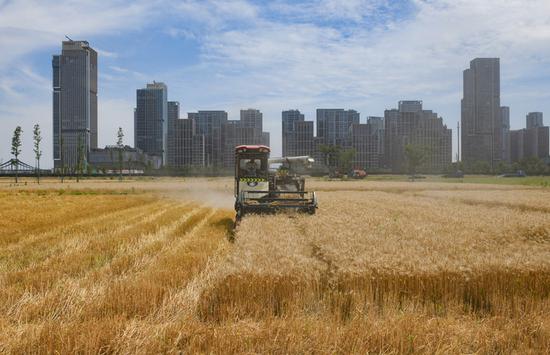






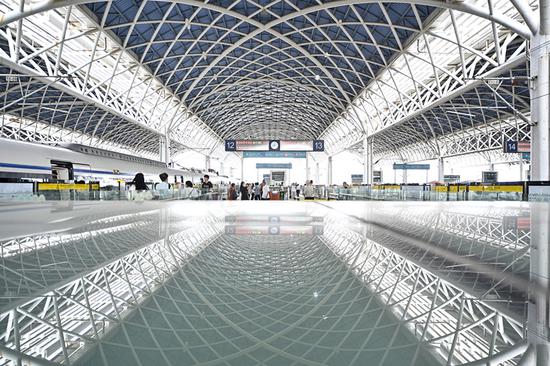







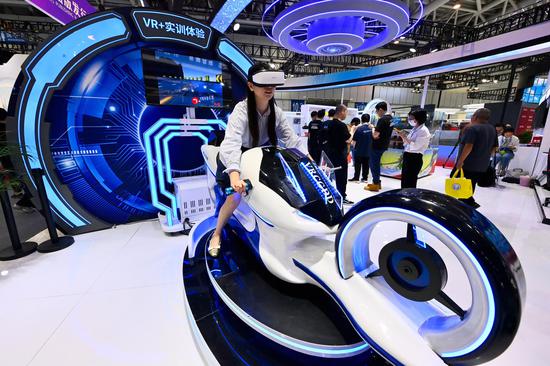









 京公网安备 11010202009201号
京公网安备 11010202009201号